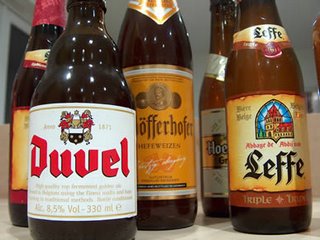
Beer. Isn't it fantastic? Not quite as good as wine, but it is a fine drink. My assignment this evening was to procure and then taste some interesting beers, with a view to establishing a final list of five to make my
Sunday Express column, to coincide with the recipes for world cup snacks. Why the hurry? Well, in the newspaper world everyone is in a hurry, and one thing editors like to do is change their minds at short notice, and cause even more hurrying. It's their right: they are the boss. They get to call the shots and that's fine by me, as long as I'm not sacked (as well as lots of hurrying, there's lots of sacking in the newspaper world).
My favourite beers are usually cask conditioned ales, and you can only get these in pubs, unless you are very thirsty, in which case it would be theoretically possible to have one's own cask at home. For most of us, though, beer at home means the sort that comes in bottles.
Some of my favourites from tonight's sampling:
Innis & Gunn Oak Aged Beer (Sainsbury, Waitrose)
Fantastic. After spending 30 days in oak and a further 47 in a 'marrying tun', this is mellow, toasty, sweetly fruited and rich, with some vanilla fudge notes. 6.6% alc.
Duvel, Belgium (Tesco, Oddbins)
This is a bottle conditioned, top-fermented golden ale, and it rocks. Savoury and rich; almost wine like. Yeasty tang on the finish and thick mouthfeel. Some lemony freshness. 8.2% alc.
Hoegaarden Grand Cru, Belgium (Sainsbury)
Complex nose of sweet spices, yeast and lemon. Rich yet fresh in the mouth, with a nice tangy edge to a sweet, fruity, yeasty core. 8.5% alc.
Schofferhofer Hefeweizen Premium Weissbier, Germany (Oddbins)
This is perfumed, sweet and fruity. It smells fantastic. The palate is fresh and not too heavy with a zippy, spicy, yeasty finish. Refreshing lemony notes. 5% alc.
Rebellion Red (Tesco)
A red brown colour, this has lovely rich, fruity aromas of strawberries and raspberries. It shows lovely balance on the palate with a fresh edge to the sweet fruity flavours. 4.5%
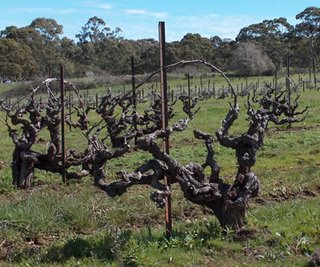

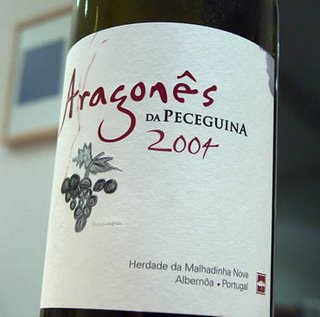
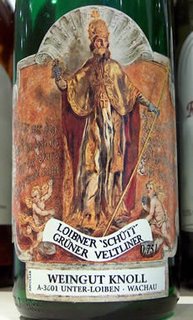
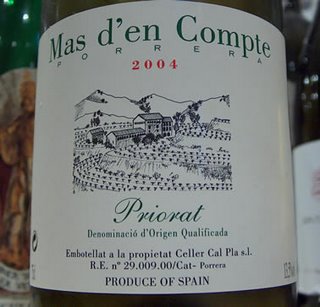
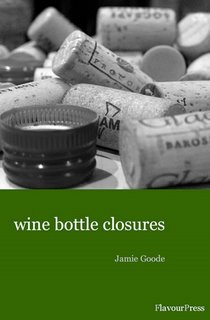


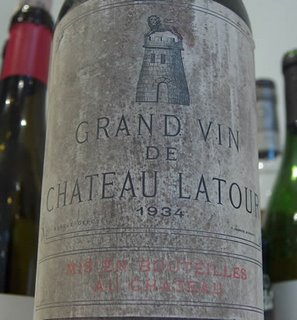
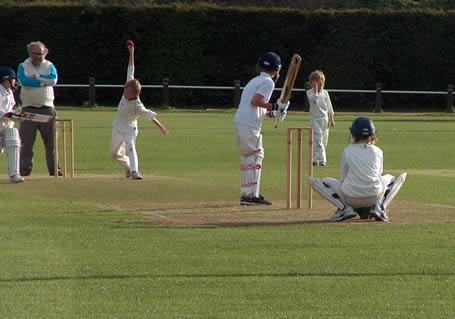
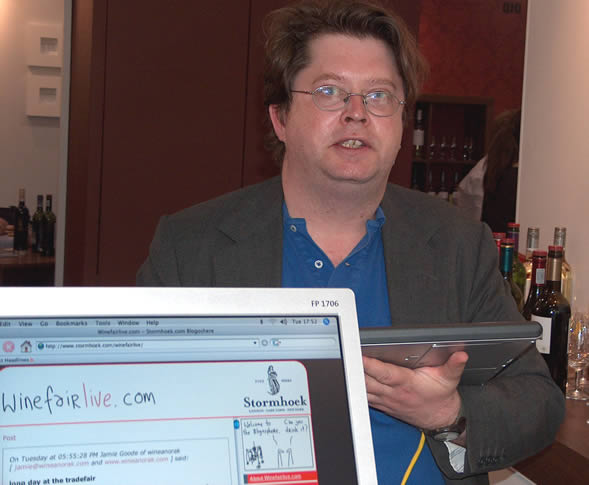
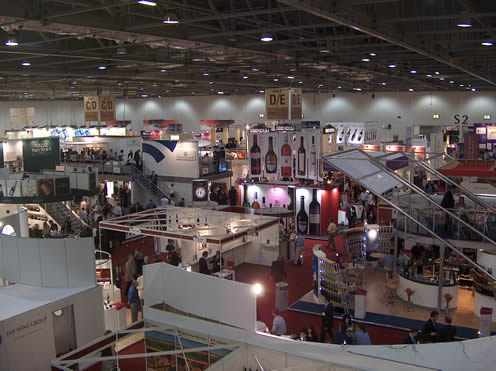
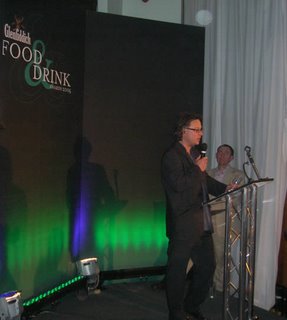

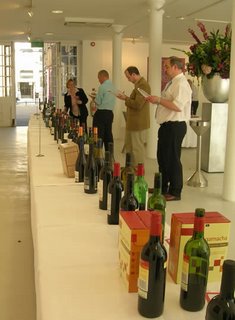


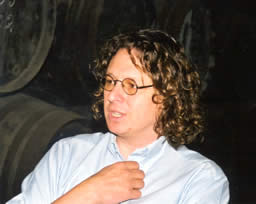
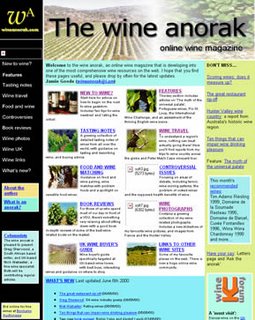
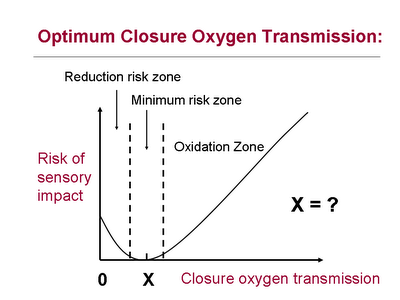
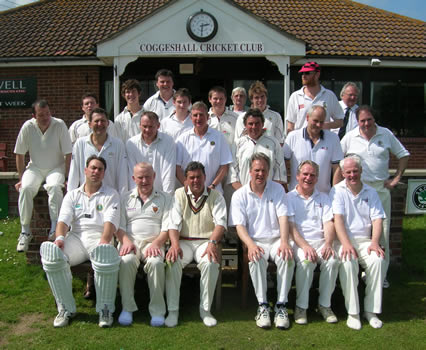
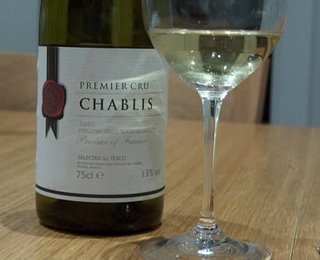


 The web log of wine journalist Jamie Goode. Feel free to nose around; your comments are welcome
The web log of wine journalist Jamie Goode. Feel free to nose around; your comments are welcome 
